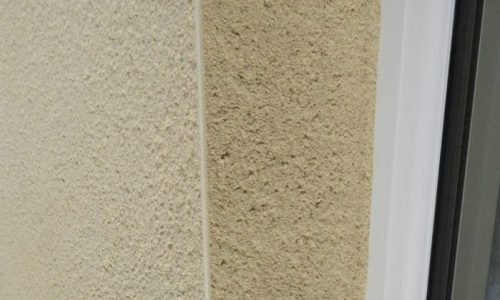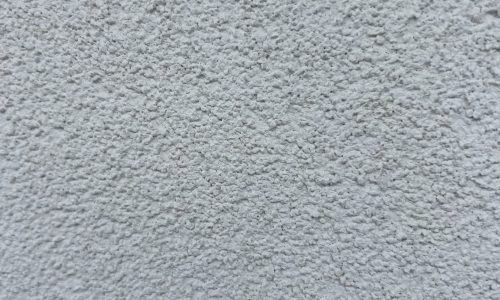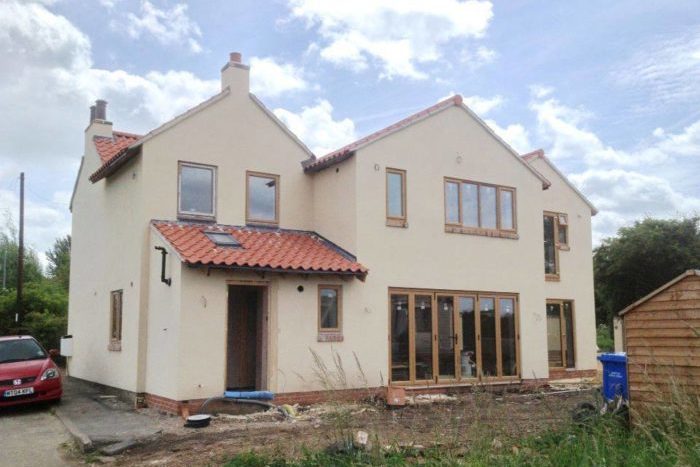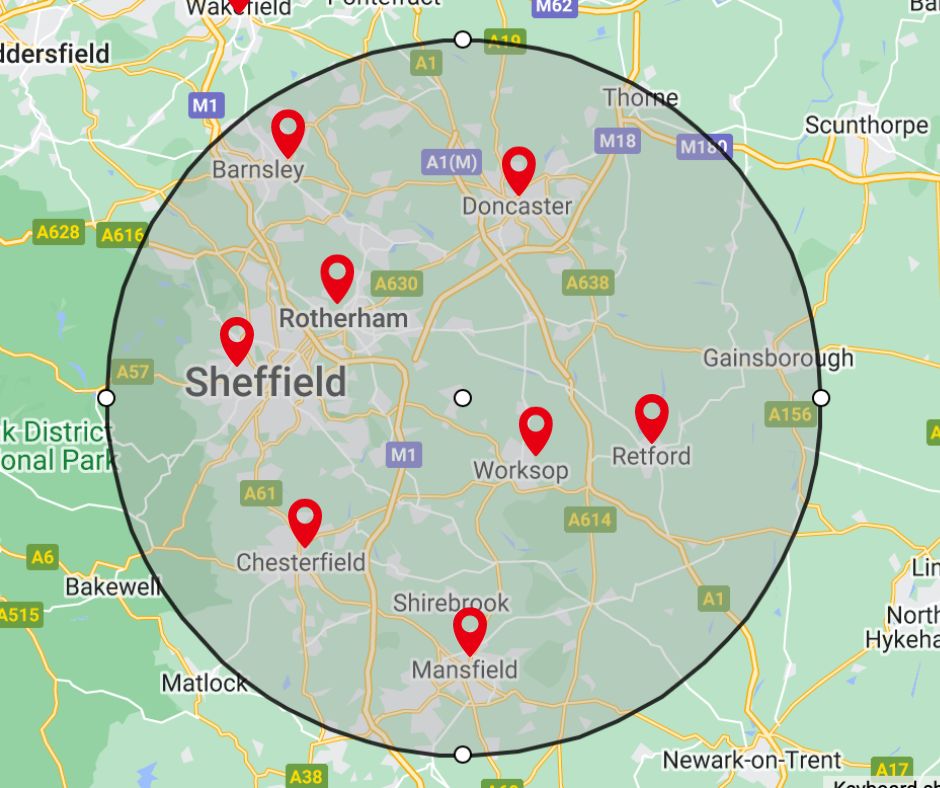When considering an external finish for your property, monocouche render and silicone render are two of the most popular choices on the market today. Both offer excellent weather protection, aesthetic appeal, and durability – but which is best for your specific needs? In this article, we’ll compare monocouche render and silicone render in detail, looking at their pros, cons, and ideal applications to help you make an informed decision.
Table of Contents
What is Monocouche Render?
Monocouche render is a pre-mixed, cement-based render designed to be applied in a single coat. The word “monocouche” comes from French, meaning “single layer.” It is often used for creating a modern, coloured exterior finish on both residential and commercial properties.
It’s popular due to its ease of application and built-in pigmentation, meaning there’s no need to paint the surface afterwards. Once applied, it offers a clean, crisp finish that is both waterproof and breathable.
Looking for monocouche render services? Visit our monocouche render page for expert advice and a free quote.
What is Silicone Render?
Silicone render is a thin-coat render made from flexible synthetic resins. It is often used in External Wall Insulation Systems (EWI) and applied in thinner layers than monocouche render. Silicone render is known for its flexibility, self-cleaning properties, and excellent water repellency.
It’s especially effective in areas with variable weather or where building movement may be an issue, as it resists cracking better than more rigid systems.
Silicone render is one of our most popular applications. Learn more about our silicone render solutions.
Key Differences Between Monocouche and Silicone Render


To help you choose between these two render types, let’s break down their main differences.
Feature | Monocouche Render | Silicone Render |
Application | One thick coat | Thin coats, often over a base coat |
Colour Options | Pre-coloured (limited palette) | Widely customisable |
Flexibility | Less flexible – prone to cracking | Highly flexible – crack-resistant |
Water Resistance | Water-resistant but can absorb moisture over time | Water-repellent and breathable |
Maintenance | May require periodic cleaning | Self-cleaning, low maintenance |
Best For | New builds, properties with stable substrates | Renovations, properties with minor movement |
Cost | Lower material cost | Higher material cost, but more durable |
✅ Pros and Cons of Monocouche Render
Pros:
- Quick to apply (one coat)
- Cost-effective
- Pre-coloured finish – no need to paint
- Good weather resistance
- Aesthetic appeal – sharp, clean look
Cons:
- Less flexible – can crack over time
- Limited colour choices
- Heavier than silicone render
- Not ideal for properties with movement or older buildings
✅ Pros and Cons of Silicone Render
Pros:
- Highly flexible and crack-resistant
- Self-cleaning – ideal for low maintenance
- Excellent water repellency and breathability
- Broad colour choice
- Lightweight and ideal for retrofit or EWI systems
Cons:
- More expensive
- More time-consuming to apply (multi-layer system)
- Requires specialist application
Which Should You Choose: Monocouche Render or Silicone Render?
The decision between monocouche render and silicone render depends on your property’s needs, budget, and location.
Choose Monocouche Render if:
- You’re working on a new build
- Your property has stable brick/block substrates
- You want a cost-effective solution
- You’re looking for a quick application
Choose Silicone Render if:
- Your property is older or prone to movement
- You need a flexible and breathable system
- You want minimal maintenance
- You live in an area with heavy rainfall or pollution
Is Monocouche Render Right for You?
At P3 Plastering, we’ve worked on countless rendering projects across the UK and have seen how well monocouche render performs on the right type of property. Its speed of application, low cost, and built-in pigmentation make it a favourite for homeowners looking for a stylish and efficient external finish.
To find out if monocouche render is right for your home, speak to our team or check out our dedicated monocouche render service page.
Frequently Asked Questions
Is monocouche render waterproof?
Monocouche render is water-resistant and protects against rain, but it is not fully waterproof. It is designed to allow walls to breathe, preventing moisture build-up inside the property.
Does silicone render need painting?
No – like monocouche render, silicone render is typically pre-coloured. However, it offers more colour flexibility than monocouche systems.
Which lasts longer – monocouche or silicone render?
Silicone render generally has a longer lifespan due to its superior flexibility and weather resistance. With proper care, both systems can last over 20 years.
Can monocouche render be used over existing render?
Not usually. It’s best applied directly to blockwork or an appropriate substrate. If you’re dealing with old or damaged render it will need to be removed and a base coat applied prior to the application of the monocouche base coat..
Our Verdict: Flexibility vs Efficiency
Both monocouche and silicone render have their strengths, and the best choice depends on your specific requirements. If you want a fast, attractive solution and your building is structurally sound, monocouche render is hard to beat. If you need extra flexibility, breathability, or live in a harsh weather area, silicone render might be worth the extra cost.
At P3 Plastering, we offer expert installation of both systems and can advise you on the best render for your project. Get in touch today for a free consultation.
Contact P3 Plastering Today
Ready to transform your property with high-quality render? Whether you’re considering monocouche render or silicone render, we’re here to help you make the right choice. Contact us today for expert guidance, competitive quotes, and professional service across the UK.
🌐 External Resource
For more information on render products, you can visit K Rend’s official website, a leading manufacturer of monocouche and silicone renders.





